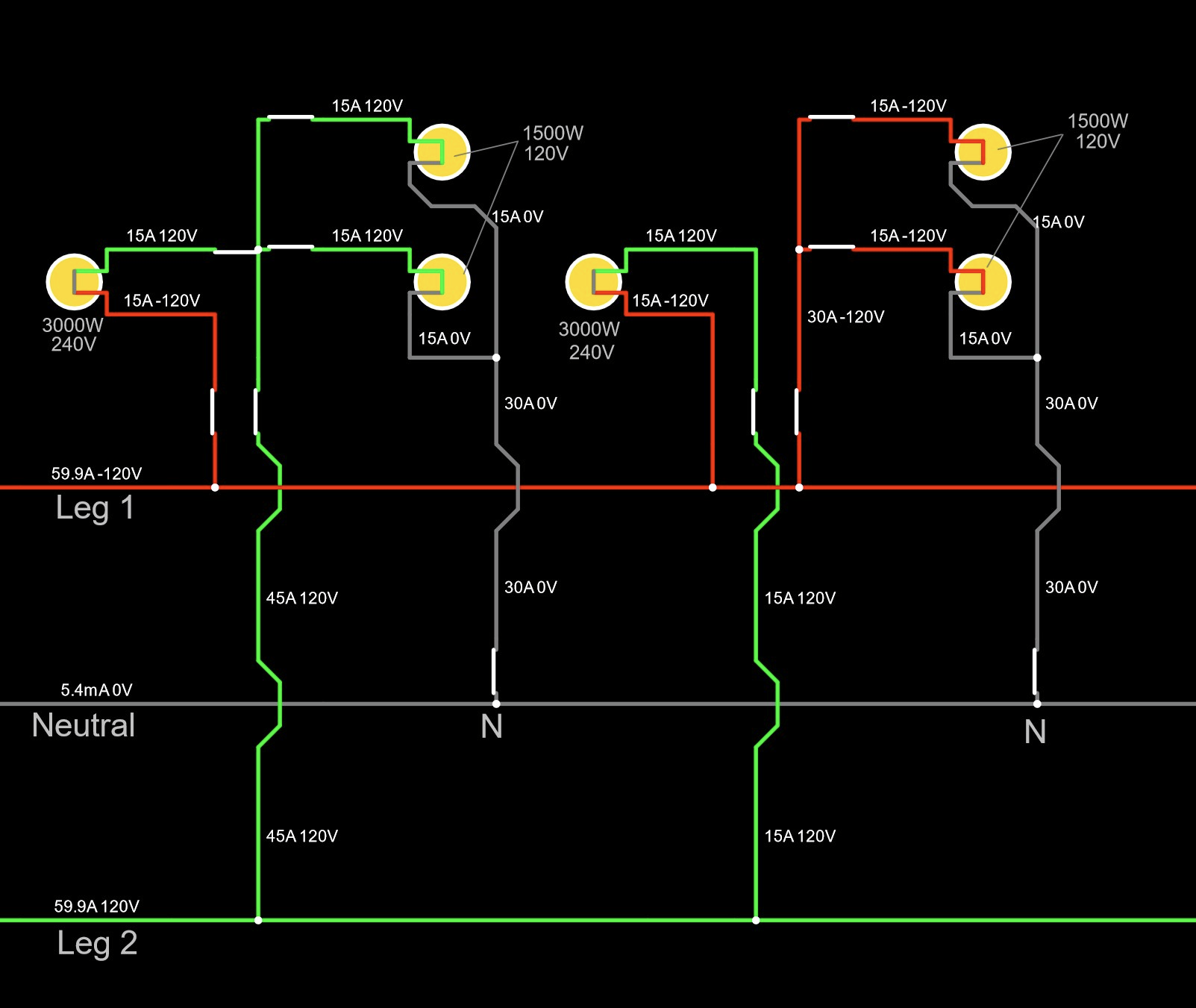I've seen this setup in use in other shops and am interested in using the technique myself. However, the mere mention of it seems to incite rabid pandemonium rather than civil discourse.
I'd very much like to learn more about any potential safety concerns, especially if its use violates the national electrical code. I've been researching this for some time and have thus far found no issues with its use despite stern warnings and admonition from folks that were unable to articulate the reasons they felt it was a bad idea or cite the NEC code that prohibits the configuration.
If there are indeed issues with its use as many suggest, I would like to understand the reasoning behind those issues.
This is for a 1-man garage workshop where GFCI is required for 120V receptacles. I'd like to put several of these in. Each electrical box will have a dedicated home run back to a 100A subpanel. The 240V outlets will be used for tools with 240V single phase motors like a 3HP table saw, 3HP jointer, 2HP band saw, and 2HP dust collector. 120V outlets will be used for smaller tools like handheld drills, sanders, routers, etc.
Each electrical box:
- One (1) 240V 20A double pole breaker
- 12/3 Romex; red (hot), black (hot), white (neutral), bare copper (ground)
- One (1) two-gang PVC electrical box
- One (1) commercial spec 6-20R receptacle
- One (1) commercial spec 5-20R GFCI receptacle
There are commercial dual-voltage outlets available (without GFCI protection), so it would seem this notion is not as outlandish, unacceptable, or dangerous as some would suggest. Here are a couple examples:
- Leviton 5842-I (20A)
- Eaton/Cooper 829V (15A)
This article seems to indicate this configuration is acceptable and safe as long as all rules and exceptions are accounted for. As far as I can tell, my drawing above complies with those rules and exceptions.
Is this truly acceptable? Complies with NEC? Will pass inspection? It seems pretty clear to me there is no issue. Perhaps I'm still missing something, hence the question.
Additional reference: NEC 210.4 Multiwire Branch Circuits (MWBC)
Thanks!





